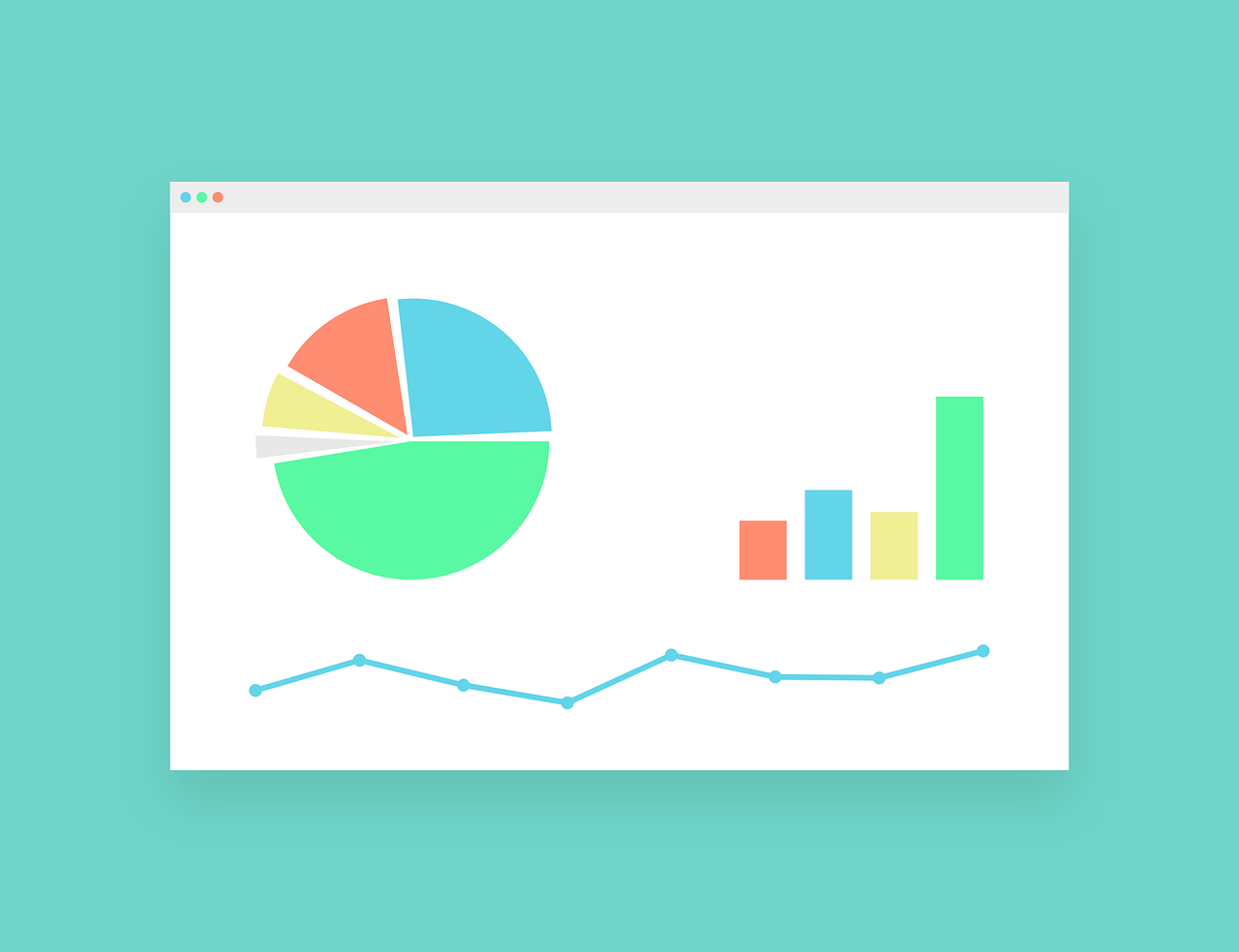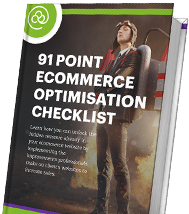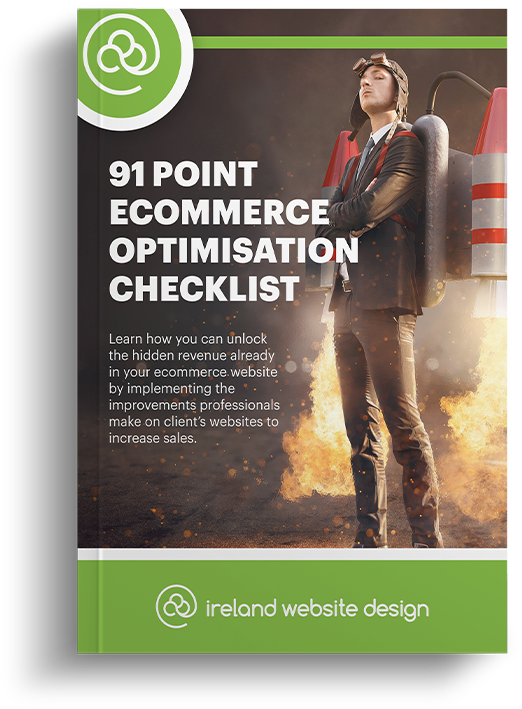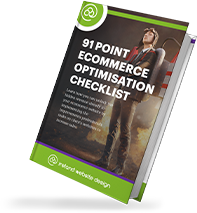A lot of people are still under the impression that setting up a basic website is the only thing needed to start running an eCommerce store. If you want to be part of the growing eCommerce market then you’ll need to think about putting a lot more than just a basic website into your business.
One of the best things you can do for your eCommerce site is to improve your SEO and help attract an organic, regular flow of traffic. Organic traffic is traffic that is usually free and if handled correctly it can provide you with fantastic conversion rates.
However, due to the complex structure of an eCommerce site, and the sheer number of competitors you may have, improving your organic SEO can be quite difficult.
There are a lot of challenges that eCommerce store owners need to go through in order to reach the top of Google. Let’s take a look at some of these problems and see how we can overcome them.
1) Detailed Product Descriptions
eCommerce sites can sell hundreds of products at a time and a lot of site owners only focus on creating short, simple descriptions for each of them. Many also focus on the dry details of a product – like its main features or technical specifications, where they could be focusing on the benefits the product has for the consumer.
When your product has a brief or simple description it means that the search engine has little to no content to crawl through, which will make it difficult for it to be found on search engines. If your descriptions are short and simple they may all be too similar, which could cause issues with duplicate content. Duplicate content will cause Google to see your site as a red flag and you won’t get very far on the search results page.
So, you need to improve the quality of the content on your product pages in order to improve your SEO. Here’s how.
Write With Your Audience In Mind
The whole purpose of writing a product description is to attract the attention of your target audience. So, the first thing you want to do is write with your target customers in mind. You should use natural language and get rid of any jargon that’s flooding your descriptions. Jargon only confuses your customers and won’t encourage them to make a purchase. People buy from an emotional standpoint, before backing up their decision with logic.
Be sure to study your buyer personas carefully so you can figure out what sort of language they’re using. You can also explore social media sites to find out what sort of questions your audience is asking about your products or your industry in general.
Use Long-Tail Keywords
Natural language is such a key part of creating perfect product descriptions and using long-tail keywords in your descriptions will help you have a higher conversion rate. Long-tail keywords are more specific and are more likely to match what your audience is searching for.
This doesn’t mean you should flood your descriptions with them though, use keywords sensibly. You can use them once in the page title or URL and then no more than twice in the body of your product description. Try to make sure that your long-tail keywords fit in with what you’re talking about too, so it sounds natural and not forced.
2) Improve Your Website’s Load Time
A slow loading speed is one of the most common SEO concerns for any eCommerce store. If your site has slow loading speeds then your bounce rate is going to be a lot higher – which means you won’t get as many conversions.
This is especially true for mobile users who will often click away from a site if it doesn’t load almost immediately. This is why you need to make your website load quickly on all your devices.
Here are some of the ways that you can improve your website’s load speed:
- Image and Video Optimisation: If you optimize the media on your website you can improve your loading speeds significantly.
- Enable Browser Caching: This lets your website temporarily store data on your visitors’ computer, improving your load speed.
- CDN: Content Delivery Network (CDN) is a network of servers that deliver web pages and content from a server to the user.
- CSS Optimisation: Getting rid of any excess CSS coding can improve your site’s loading speeds.
3) Create Category Structure
Your customers need to be able to find what they’re looking for when they visit your site and they need to be able to find it quickly. This is why you need to create a category structure and make your website easy to navigate.
You should create a simple site navigation while keeping your end-user in mind. Not only does this make sales easier, but it also helps your rank on search engines. To optimize your category structure you should:
- Use secondary drop-down menus and avoid stuffing your main category with too many items.
- Categorise your items into sections. For example; If you sell clothes segment them into men, women, and kids’ clothing and then further separate them into trousers, t-shirts, jumpers, etc.
- Have a good search function with a filter on your website.

4)Manage Your Customer Reviews
People will often read customer reviews before making a purchase online. Customers tend to trust online reviews just as much as recommendations from friends and family. Google also uses customer reviews as a way to rank your website, this means it’s important for your business to not only encourage feedback but to also engage with it.
User reviews require responses, whether they’re positive or negative you need to respond to your customer reviews as quickly as possible. A quick response to a negative, or positive review, will show your customers that you care and that you’re listening. With negative reviews, responding and trying to sort out any complaints will help you negate any potential damage to your reputation.
Products that have a higher number of reviews, with responses, will bring in more traffic and attract more customers.
Negative reviews can also be beneficial to your eCommerce store as they are proof that your site is authentic and you have nothing to hide from your consumers – as long as they’re handled professionally.
5) Consistent Monitoring and Adjusting
Search engines are constantly changing every day which means you’ll have to keep up with their changes and constantly monitor your SEO for your website.
Your eCommerce site will also change as you go when you need to add new products, sales, or discount pages. You should always monitor your additions to your website to help keep you on track with your SEO performance.
SEO isn’t a one-time fix, you need to constantly improve and evolve your eCommerce site.
Running a successful eCommerce website does require a lot of hard work, planning, and organization and SEO is the backbone of this strategy.
If you need any help with sorting out the SEO for your eCommerce site, get in touch with our team of eCommerce experts today.




